Air of Authority - A History of RAF Organisation
Commissioned Ranks of the Royal Air Force 1919 - Present
Final Uniform Design
The original proposal (by Lt-Gen Sir David Henderson) was to use a combination of Naval and Army ranks for the new service. However, the War Office felt that the new service should have its own rank titles and also that the original list gave senior officers naval ranks and junior officers military ones. On the other hand, the Admiralty objected to the use of naval ranks, even with the addition of the word 'Air', and also suggested that the RAF adopt its own titles.
The final choice of titles are those still in use today and shown below. However prior to arriving at these an initial list of titles was suggested:-
Ensign, Lieutenant, Flight-Leader, Squadron-Leader, Reeve, Banneret, Fourth-Ardian, Third-Ardian, Second-Ardian, Ardian, Air Marshal.
Ardian was derived from the Gaelic 'Ard' meaning Chief and 'Ian' or 'Eun' meaning Bird
A further suggestion varied the higher ranks as follows: -
Ensign, Lieutenant, Flight-Leader, Squadron-Leader, Wing-Leader, Leader, Flight Ardian, Squadron Ardian, Wing Ardian, Ardian, Air Marshal.
The new ranks were officially adopted as from 27 August 1919, and the first use of the new ranks in the London Gazette appears to be in the edition of 5 September 1919, when appointments made after the back-dated date of 1 August 1919 are in the new rank titles.
The following is an answer to a question posed in the House of Commons during WW2 regarding time promotions: -
"Time-Promotion.
Officers of the General Duties Branch (aircrews) are commissioned in the rank of
pilot officer. After six months' service in that rank they are granted
time-promotion to flying officer and after a further 18 months time-promotion to
flight lieutenant, subject in each case to satisfactory service. For other
officers there is time-promotion to the rank of flying officer after six months'
satisfactory service in the rank of pilot officer, except in the Medical and
Dental Branches where officers are entered as flying officers and are granted
time-promotion to flight lieutenant after one year's satisfactory service.
Temporary Promotion.
Promotions to ranks outside the scope of time-promotions are made within the war
establishment on the recommendations of Central Promotion Boards held at the Air
Ministry.
Acting Promotion.
Acting rank is granted to officers employed in posts graded in a rank above
their existing rank pending the availability of an officer of the appropriate
substantive or temporary rank, and is tenable only so long as officer is filling
such a post. Acting ranks up to wing commander may be granted by commands; the
acting rank of group captain and above is granted by the Air Ministry.
Officers who obtain an acting rank two or more steps above their basic rank and
hold it for certain periods are given war substantive rank one rank below the
acting rank and they cannot drop below this in war if they lose their acting
rank.
Promotion Boards for temporary rank are held half-yearly and the claims of
officers, whether holding acting rank or not, who have not been selected by one
Board are considered by subsequent Boards.
As for the last part of the Question, the claims to promotion to temporary rank
of R.A.F.V.R. officers with previous service are fully considered along with
those of other officers. Promotions are of course limited to vacancies."
|
|
|
|
| Pilot Officer | Flying Officer |
Flight Lieutenant |
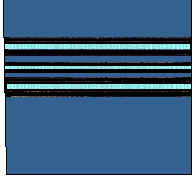 |
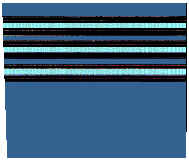 |
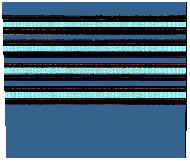 |
| Squadron Leader | Wing Commander | Group Captain |
 |
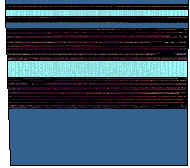 |
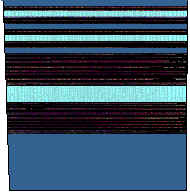 |
| Air Commodore | Air Vice-Marshal | Air Marshal |
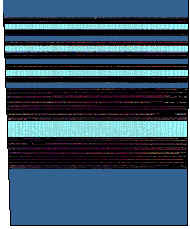 |
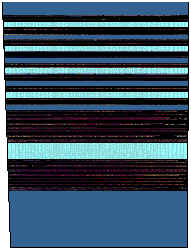 |
|
| Air Chief Marshal | Marshal of the RAF |
Air Ministry Order A342/41 dated 13 May 1941, described the relative ranks of the RAF to those of the Free French Air Force: -
| Acting Pilot Officer | Sous-Lieutenant |
| Pilot Officer | |
| Flying Officer | Lieutenant |
| Flight Lieutenant | Capitaine |
| Squadron Leader | Commandant |
| Wing Commander | Lieutenant -colonel |
| Group Captain | Colonel |
| Air Commodore | Général de Brigade Aérienne |
| Air Vice-Marshal | Général de Division Aérienne |
| Air Marshal | Général de Corps Aérienne |
| Air Chief Marshal | Général d'Arme Aérienne |
| Marshal of the Royal Air Force | Commandant on Chef des Forces Aérienne |
Air Ministry Order A921/41 dated 6 November 1941, described the relative ranks of the RAF to those of the Norwegian Air Forces: -
| RAF | Royal Norwegian Naval Air Force | Royal Norwegian Army Air Force |
| Pilot Officer | Fenrik | Fenrik |
| Flying Officer | No equivalent | No equivalent |
| Flight Lieutenant | Lřytnant | Lřytnant |
| Squadron Leader | Kaptein Kapteinlřytnant | Kaptein |
| Wing Commander | No equivalent | Major |
| Group Captain | Kommaridorkaptein | Oberstlřytnant |
| Air Commodore | Kommander | Oberst |
This entry was last updated on 14/06/25©